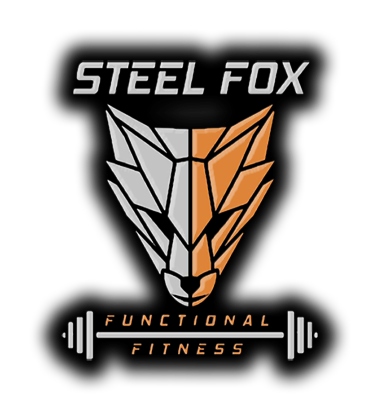S.M.A.R.T. Goals
Specific, Measurable, Attainable, Relevant, Time Bound
Specific
When developing goals it’s important to narrow your focus. Having broad areas to improve upon in great but, specifying a goal will allow you to develop a better plan to reach it. For example, if you just want to improve your overall fitness, narrow your goal to complete this year's open Rx’d.
Measurable
This is easily understood by most people. Have a goal that can be measurable not only at the end, but also incrementally. This way tracking progress is accurate and allows you to adjust your actions. Rather than simply getting stronger, aim to deadlift 400 lbs. If your max deadlift is 375 now, you can track your progress at 380, 385, and so on.
Attainable
Attainable goal setting comes down to more common sense. Setting ambitious goals is fantastic and is what is inspiring and enjoyable about improving yourself. However, setting goals that are unrealistic are going to hinder your progress. For example, I would love to run an ultramarathon race but, I’ve never swam over half a mile, ran a 10k at most and honestly have never rode a bike for endurance purposes. A more attainable goal should be to complete a shorter triathlon. Then after I accomplish that goal I can reassess and create new goals for myself.
Relevant
Is this goal worthwhile? Is this the right time? A relevant goal should be both. If I train for long term fitness and to push off the nursing home, it might not be relevant to me to aim to snatch 300 lbs. Sure, it would fantastic to build that explosive strength and overhead stability. However, training olympic lifts and max strength more frequently and intensely increases the risk of injury and demands far more in terms of training time, recovery protocols and time investments.
Time Bound
Having a time frame to complete your goal is crucial. Having open ended goals discourage completion and progress. If you want to run a marathon, pick a race date and start training now. Developing a time frame will also give you a definite answer on your accomplishment. For example, If you wanted to do 1 muscle in 8 weeks, you can work backwards and develop a plan to attack your goal week to week and day to day.
